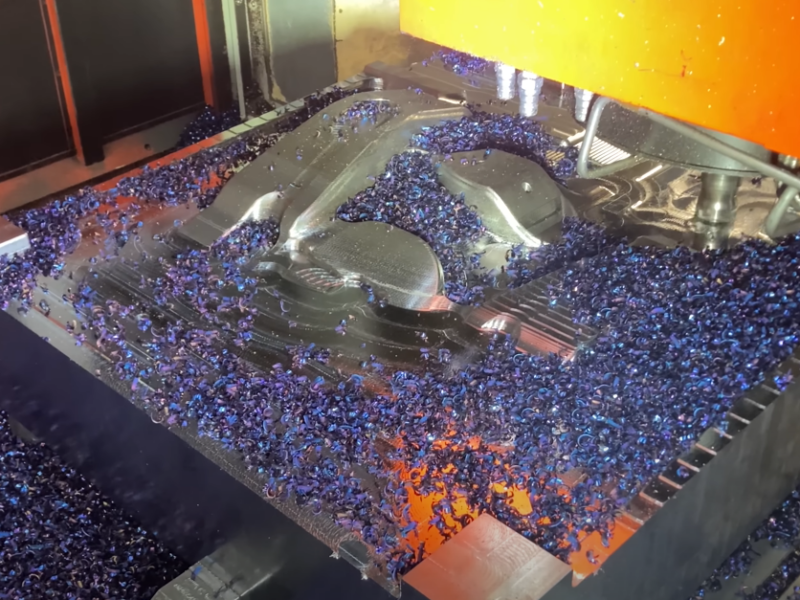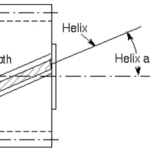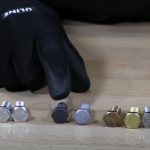CNC (Computer Numerical Control) roughing, also known as CNC rough milling, plays a pivotal role in the machining process. Thanks to the ever-evolving technological landscape, CNC roughing operations have seen remarkable improvements in precision, efficiency, and cost-effectiveness.
In essence, CNC roughing involves the removal of substantial amounts of material from a workpiece, bringing it closer to its final shape. This phase represents the initial and most aggressive step in the machining process. The primary objective is to swiftly eliminate excess material without placing much emphasis on achieving the final surface finish.
Let’s delve into the step-by-step representation of a typical CNC roughing process:
- Material Selection: The material is chosen based on the final product’s requirements. This could range from various metals like aluminum, steel, titanium to plastics or wood;
- Programming the CNC Machine: This is done using a CNC software where the design is input, and the CNC machine is programmed accordingly;
- Setting Up the Workpiece: The selected material is fastened securely on the CNC machine bed.
- Roughing Operation: The CNC machine, guided by the program, starts removing material from the workpiece;
- Material Removal: Large chunks of material are quickly removed, leaving behind an approximation of the final product.
Tools Used in CNC Roughing
At the forefront of the roughing process, roughing end mills take center stage as the primary tools. Their remarkable versatility, combined with a wide range of types tailored for diverse materials and tasks, renders them indispensable for effectively eliminating substantial material in the initial stages of CNC machining. Join us as we delve into the captivating realm of these cutting-edge tools and explore the distinctive characteristics that set them apart.
1. Flute End Mills
Flute end mills stand as one of the most widely used tools in CNC roughing due to their adaptability to diverse applications. They come in various configurations, with two, three, or four flute designs being the most common. The number of flutes directly impacts the trade-off between finish quality and cutting speed. Let’s explore the different flute designs:
- Two Flute End Mills: These tools excel in roughing operations that require faster material removal rates. The limited number of flutes allows for more significant chip evacuation, reducing the chances of chip clogging and facilitating smoother cutting action. However, the finish may not be as refined compared to higher flute configurations;
- Three Flute End Mills: Balancing chip evacuation and finish quality, three flute end mills provide a compelling option for various roughing tasks. The additional flute allows for better surface finishes compared to two flute end mills, but at a slightly reduced cutting speed;
- Four Flute End Mills: When it comes to achieving superior surface finishes, four flute end mills take the lead. They provide excellent stability during machining, resulting in smoother cuts, reduced vibrations, and ultimately, an improved finish. However, the trade-off is a slightly slower material removal rate.
2. Ball End Mills
For intricate contour work, ball end mills step into the spotlight. These unique tools boast a rounded cutting edge, resembling a ball, which enables them to create intricate 3D shapes and profiles with ease. Their design is particularly useful for sculpting curved surfaces and engraving delicate details on the workpiece. Ball end mills add an artistic touch to the roughing process, making them ideal for producing complex components with precision and finesse.
3. Corner Radius End Mills
Chipping and premature tool wear can be major concerns during CNC roughing, especially with harder materials. Enter corner radius end mills, equipped with a small radius at the tool’s corner. This thoughtful design element significantly reduces the likelihood of chipping, providing enhanced tool life and longevity. As a result, corner radius end mills are popular choices for roughing tasks that involve robust materials and critical dimensional accuracy.
4. Roughing End Mills
As the name suggests, roughing end mills take roughing operations to the next level. When the goal is to remove substantial amounts of material quickly, these powerhouse tools step in to get the job done efficiently. They are designed with a robust structure and high material removal rates in mind. By swiftly clearing away excess material, roughing end mills lay the foundation for the subsequent finishing steps, ensuring smooth operations and shorter overall machining times.
Factors Influencing CNC Roughing
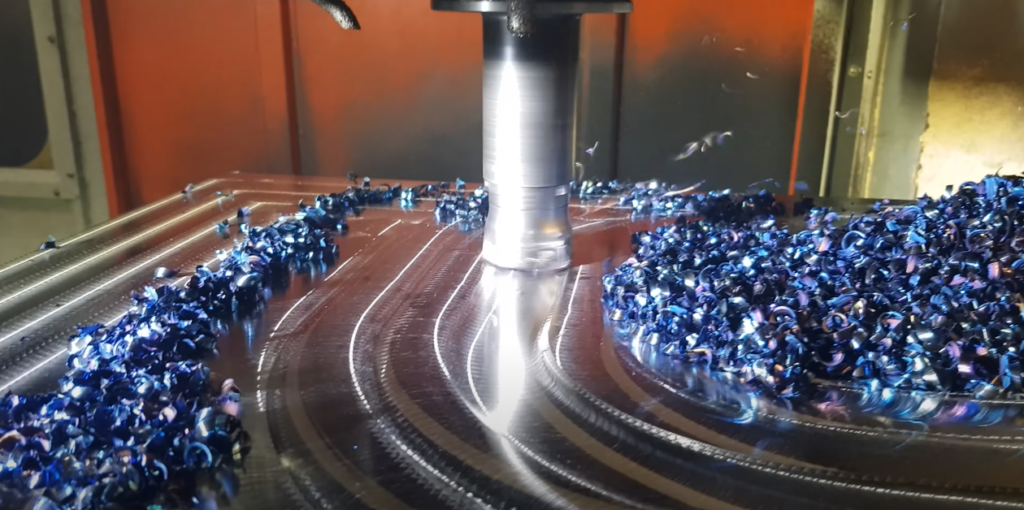
CNC roughing is a critical stage in the machining process where material is swiftly removed from the workpiece to create the initial shape and prepare it for the finishing stages. The effectiveness and efficiency of CNC roughing are influenced by several factors, each playing a unique role in determining the outcome of the process. Let’s explore these factors in detail, using tables, bullet lists, and paragraphs to engage in this intriguing journey of CNC roughing.
1. Feed Rate
The feed rate, also known as the cutting feed rate, is a fundamental factor that governs the speed at which the cutter progresses into the workpiece. It directly influences the material removal rate and impacts the surface finish. Selecting the appropriate feed rate is essential to strike a balance between productivity and the desired surface quality.
| Factor | Influence on CNC Roughing |
|---|---|
| Feed Rate | – Higher feed rates increase material removal rate |
| – Lower feed rates may improve surface finish | |
| – Optimal feed rate depends on the material and cutter properties |
2. Speed
The spindle speed, denoted in revolutions per minute (RPM), dictates the rate at which the CNC machine’s spindle rotates. Speed is a crucial factor in CNC roughing, as it determines the frequency of cutter engagement with the workpiece material. Proper speed selection is vital to ensure efficient cutting and avoid issues such as tool chatter and excessive heat generation.
| Factor | Influence on CNC Roughing |
|---|---|
| Speed | – Higher speeds lead to faster material removal |
| – Lower speeds can reduce tool wear and improve tool life | |
| – Optimal speed depends on the material and cutter properties |
3. Depth of Cut
The depth of cut refers to the distance that the cutter penetrates into the workpiece on each pass. It affects the chip load, cutting forces, and overall cutting performance. Selecting an appropriate depth of cut is essential to strike a balance between efficient material removal and avoiding excessive tool wear.
| Factor | Influence on CNC Roughing |
|---|---|
| Depth of Cut | – Deeper cuts increase material removal rate |
| – Shallower cuts may improve surface finish | |
| – Optimal depth of cut depends on the material and cutter properties |
4. Tool Selection
The choice of the cutting tool and its material can significantly impact the CNC roughing process. Different types of cutters, such as end mills, face mills, and drills, cater to specific roughing needs. Additionally, the tool material’s hardness and composition play a crucial role in determining tool life and performance.
| Factor | Influence on CNC Roughing |
|---|---|
| Tool Selection | – Different tools excel in various roughing applications |
| – Tool material affects tool life and resistance to wear | |
| – Proper tool selection enhances roughing efficiency |
5. Workpiece Material
The material of the workpiece itself is a key factor influencing CNC roughing. Different materials, such as aluminum, steel, titanium, and composites, have varying properties that affect chip formation, cutting forces, and tool wear.
| Factor | Influence on CNC Roughing |
|---|---|
| Workpiece Material | – Harder materials may require lower speeds and feeds |
| – Softer materials can tolerate higher cutting speeds | |
| – Material properties impact chip formation and tool wear |
6. Coolant Use
Coolant application during CNC roughing serves multiple purposes. It helps reduce heat generated during cutting, thereby extending tool life and minimizing thermal distortion of the workpiece. Proper coolant use is essential for efficient roughing and preserving the integrity of both the tool and the workpiece.
| Factor | Influence on CNC Roughing |
|---|---|
| Coolant Use | – Proper coolant application reduces heat and tool wear |
| – Cooling prevents workpiece and tool damage due to overheating | |
| – Selecting the right coolant type and method enhances roughing |
Advantages of CNC Roughing
CNC roughing provides numerous benefits:
- Efficiency: CNC roughing can rapidly remove large quantities of material, speeding up production times;
- Precision: Despite being a preliminary stage, CNC roughing can be incredibly precise;
- Cost-Effective: By optimizing material use, CNC roughing can reduce production costs;
- Versatility: CNC roughing is compatible with a wide range of materials.
Common Challenges in CNC Roughing
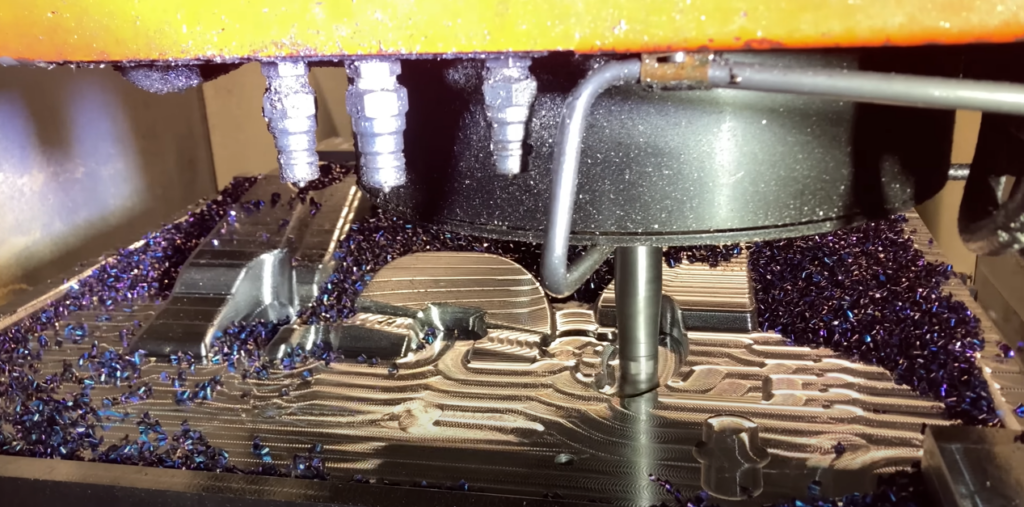
Despite its benefits, CNC roughing can present a few challenges:
- Tool Wear: Due to the aggressive nature of the process, tool wear can be significant, necessitating regular replacements;
- Heat Generation: The high-speed cutting action can generate substantial heat, potentially affecting the workpiece and tooling;
- Surface Finish: As CNC roughing focuses on material removal, the surface finish is often rough and requires further machining.
Conclusion
CNC roughing serves as the cornerstone of many manufacturing processes. By understanding its principles, tools, and challenges, we can optimize its use, enhancing productivity and product quality.
FAQ
CNC roughing is versatile and can work with a wide variety of materials, including different metals, plastics, and wood.
CNC roughing is the initial phase of the machining process, focusing on removing large amounts of material quickly. On the other hand, CNC finishing is a subsequent phase where the focus is on achieving the final dimensions and surface finish.
Yes, CNC roughing can be used for complex shapes. However, it only provides an approximation, and subsequent machining processes are required for the final, precise form.
Factors such as feed rate, spindle speed, depth of cut, tool selection, workpiece material, and coolant use can significantly impact the quality of CNC roughing.
While there are costs associated with tool wear and energy use, CNC roughing is generally cost-effective due to its efficiency and precision.
For a better understanding of CNC roughing, check out this instructional video that provides a detailed look into the process, tools used, and tips to optimize the operation:
